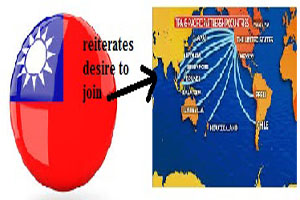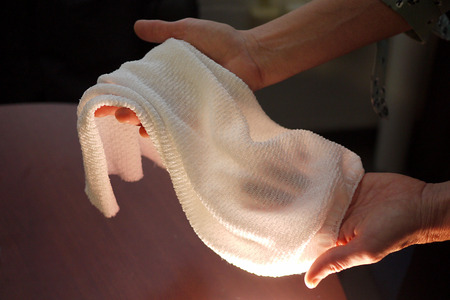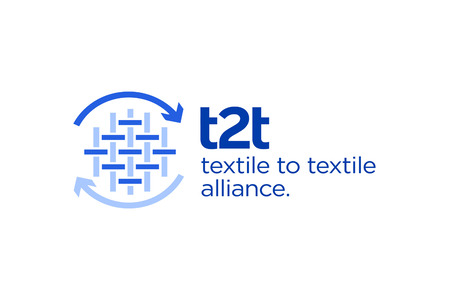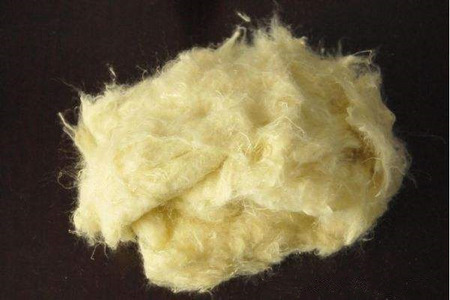
Taiwan reiterates yearn to join TTP
YarnsandFibers News Bureau 2015-10-09 16:00:00 – TaipeiThis week, the USA and 11 other countries came to an agreement on the Trans-Pacific Partnership, a treaty that would remove a few tariffs and local regulations over imports and spanning the Americas and the Asia-Pacific region. Taiwan welcoming the conclusion of TPP deal has reiterated its desire to join.
Other nations are also keen to join the deal, which encompasses close to 40 percent of the global economy and will set the tone for worldwide trade.
Australian agriculture will struggle to undergo a transformational boost without the inclusion of China in the Trans Pacific Partnership.
It’s a tricky balancing act for multiple trade partners with competing interests. The White House even says that this partnership levels the playing field for their farmers, ranchers, and manufacturers by eliminating more than 18,000 taxes that various countries put on their products.
Therefore, there will surely be many production and business opportunities when the new supply chains are launched.
Domestic textile firms will have to be cautious of the TPP’s “yarn forward rule†that mandates fabric produced from yarn made by a TPP country only to qualify for the trade agreement’s duty-free status.
According to Obama, there’s going to be a long, healthy process of discussion and consultation and debate before this ever comes to an actual vote. In this respect, however, the TPP can also be seen in a positive light, raising the pressure on China to push back by accelerating the opening up of its economy and reforming bloated state enterprises, which could pave the way for eventually joining the TPP.
According to Fitch Ratings, the net impact on global activity may be small as increased trade within the TPP is offset by trade diverted from countries outside the bloc.
Market Intelligence
Ask for free sample Report

experience
Customer Base
dedicated team
Countries Served Worldwide









